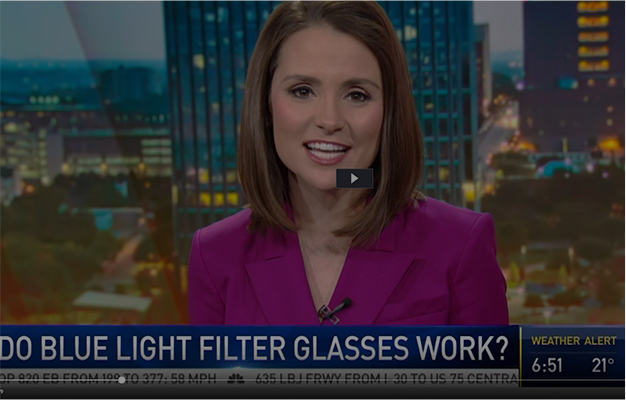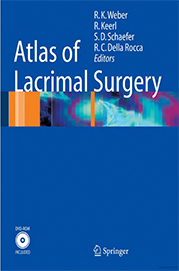Blepharoplasty (BLEF-uh-ro-plas-tee) also known as eyelid surgery, is a surgical procedure which addresses the natural aging process of the upper and lower eyelids. This procedure can be used to eliminate the “hooded or drooping” appearance in the upper eyelids or the “saggy-baggy” puffy skin of the lower eyes. Eyelid surgery as performed by our ophthalmologist, Dr. Syed Ahmad, can wipe away some of the signs of aging, leaving your appearance not only enhanced but also brightened.
Drooping eyelids can have a number of causes. Heredity, chronic rubbing and sun exposure of your eyes can lead to these concerns. As you age, eyelids stretch, therefore, muscles weaken and fat gathers over and under the eyes. This may cause sagging eyebrows, drooping upper lids and those under-eye bags and dark circles. When properly executed, blepharoplasty is a favorable procedure that can eliminate that fatigued and tired look commonplace with aging.
How Is it Done?
To correct a drooping upper eyelid, a delicate incision is made in the natural crease of the eyelid. Excess skin and fat are then removed. The incision is typically closed with a dissolving suture that is finer than a human hair.
In lower eyelid surgery, a tiny incision is made just below the lashes in the eye’s natural crease or inside the lower lid itself. Excess skin and fat pockets are then removed. Stitches may be needed if an external incision is made. In cases where the patient has a good skin tone the surgery may be performed from inside the lid where no external skin will be removed and no sutures are required.
You may choose to repair the upper eyelids only, lower eyelids only, or both upper and lower lids at the same time. This procedure is frequently combined with other facial procedures such as a brow lift or chemical peel.
Surgery & Anesthesia
This type of surgery can be performed under monitored anesthesia care. This type of anesthesia is performed by an anesthesiologist. The main advantages of this anesthesia are:
- It does not require putting a breathing tube in the throat
- It does not require a breathing machine
- The recovery is much faster
- There is less nausea after surgery
All of these elements translate into greater comfort and safety.
This type of anesthesia entails an intravenous needle that is placed into one of the veins of the arm or hand. Relaxing medication is given to make the patient fall asleep, and the amount of medication is adjusted as needed. After the patient is asleep, numbing medicine is placed into the skin of the area that is being operated on. During the procedure, the patient is unaware of anything going on and cannot hear or feel anything, yet he or she is breathing normally.
Patients over age 60 or those with a current medical condition(s) are required to have a preoperative physical examination, blood work, and EKG performed by their primary physician before surgery for safe administration of anesthesia.
If you are considering blepharoplasty in Plano, Texas, please call Texas Eye & Aesthetic Center today at 972-519-9933, to learn more.




